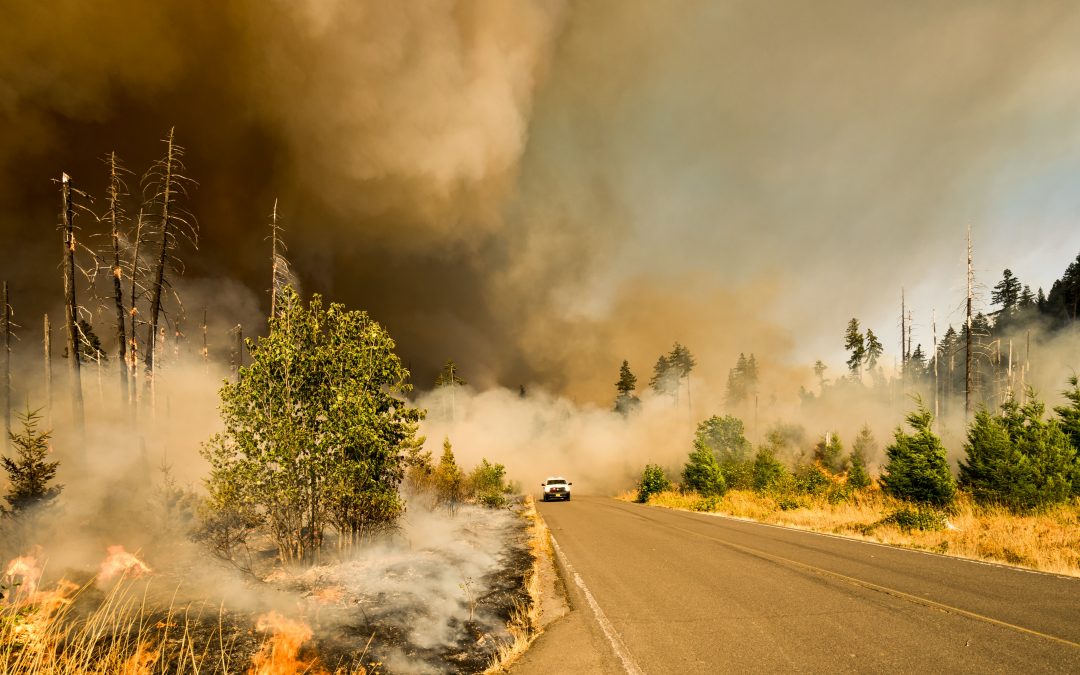
Systems thinking: Coordinating after, during, and before disasters
Many entities, public and private, are working to help agrarians whose livelihoods are disrupted. But what do they do, how do they coordinate…and what are the sticky points?

Many entities, public and private, are working to help agrarians whose livelihoods are disrupted. But what do they do, how do they coordinate…and what are the sticky points?
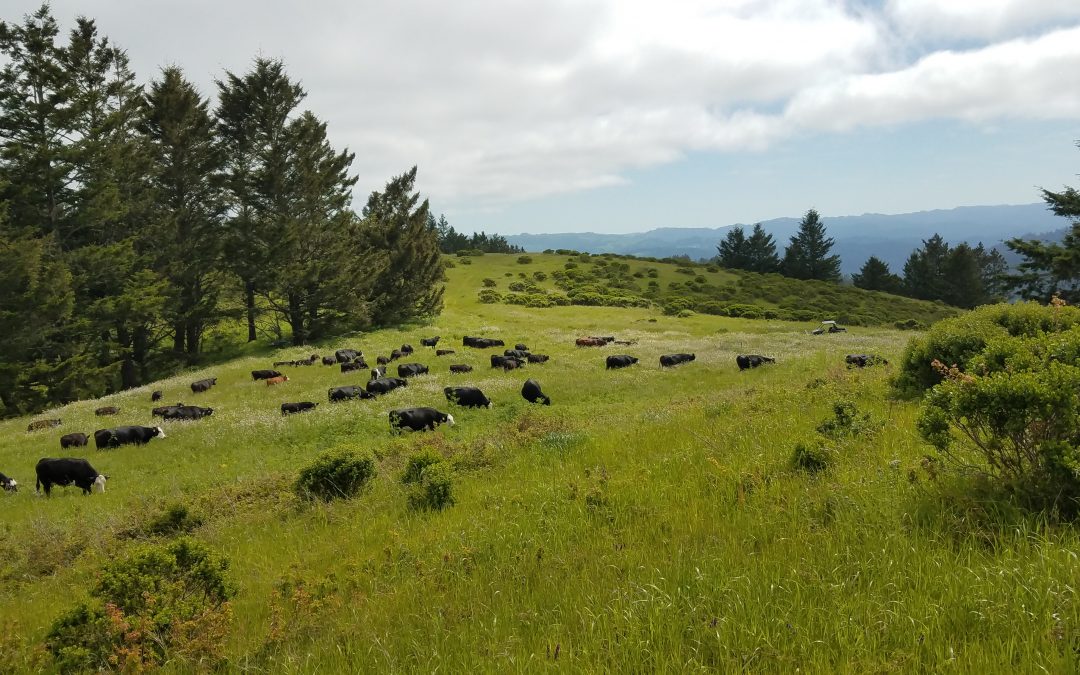
TomKat Ranch manager Mark Biaggi talks about dealing with winter floods, summer droughts, and degraded landscapes––and the process of continual experimentation that leads to dramatic regeneration of damaged land.
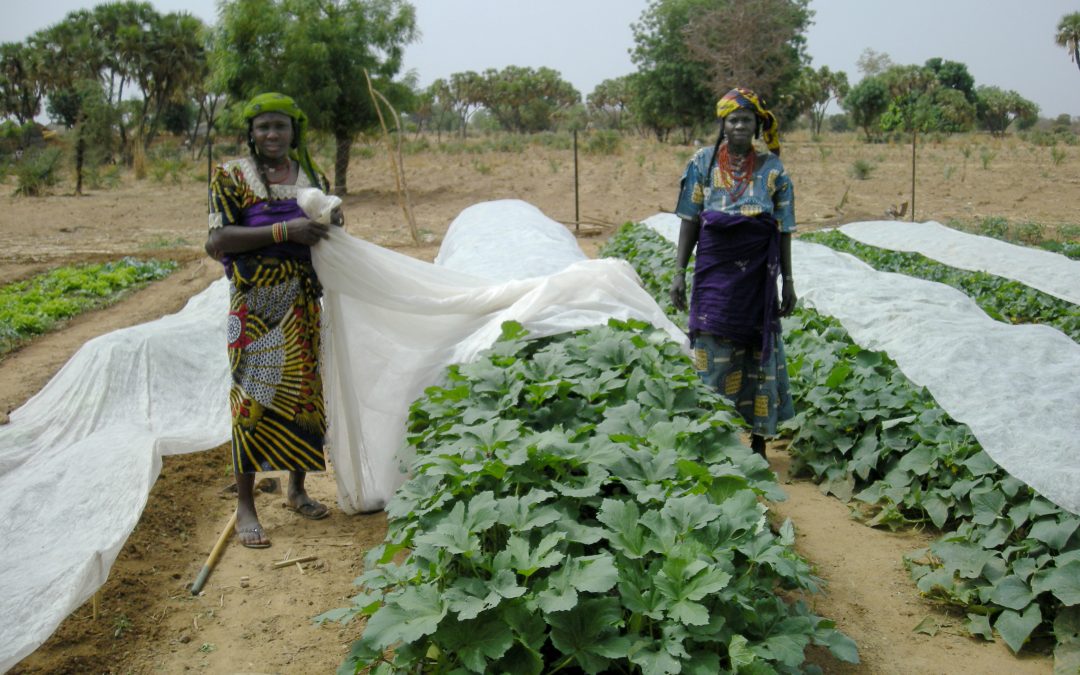
For decades Brando Crespi has been working in communities damaged by extractive industries. He makes the case that biochar can and should be part of a global strategy do reverse climate change and grow more food with less water.
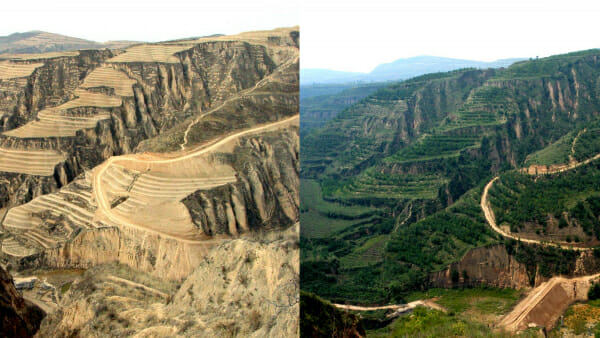
In 1995 John Liu began documenting the Loess Plateau in China, a landscape ruined by poor agriculture practices. Over decades he documented its return to vibrant life, and filmed many other restoration projects worldwide.

Gary Paul Nabhan, know as the “father of the local food movement,” knows how to grow food that’s healthy and profitable––even during times of drought and climate disruption.
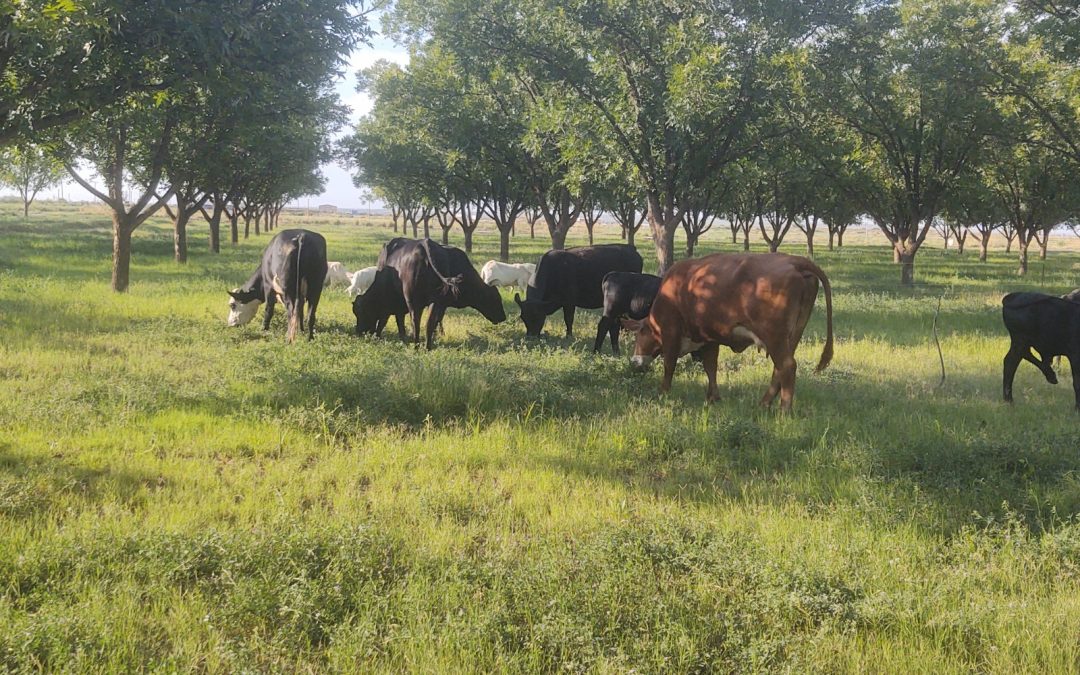
Coley Burgess didn’t intend to do regenerative agriculture, but a series of happy accidents led him down a path toward healthier trees, a herd of animals, virtually no chemical or tractor use––and a more enjoyable life for himself and his family.
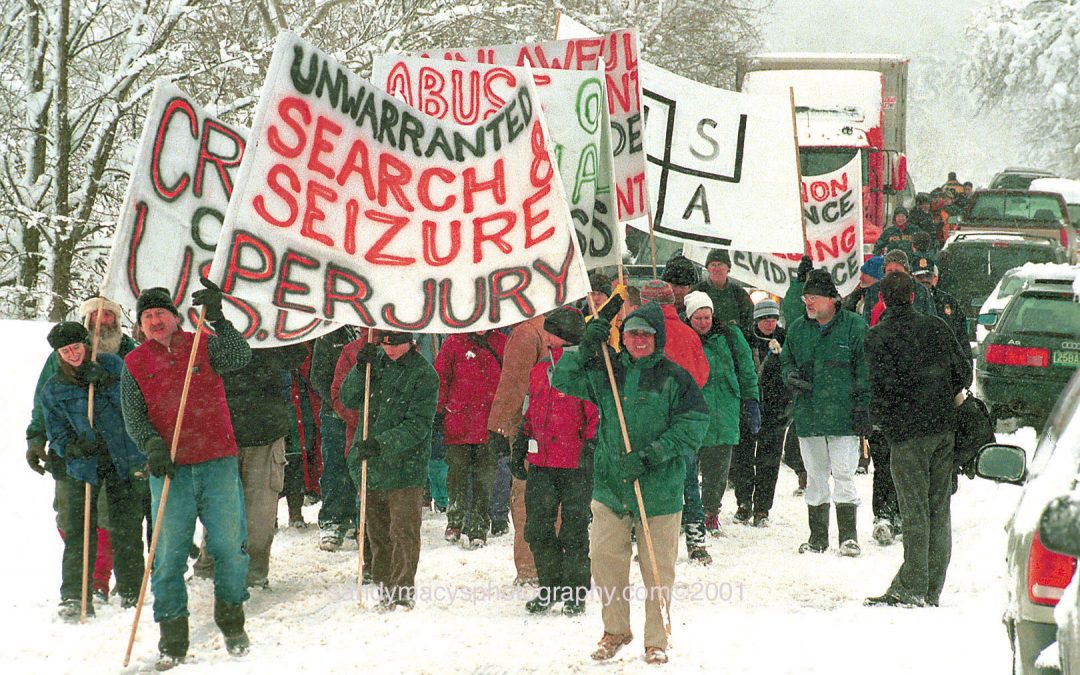
Linda and Larry Faillace imported milk sheep following USDA guidelines and started a cheese making business in Vermont––only to have their animals confiscated and killed by the USDA under the pretext of a disease that sheep don’t get. Listen to find out why.

You’ve heard of a carbon “footprint.” The idea of the “foodprint” broadens the vision from the single variable of carbon emissions to the full impact that your food has on the planet––animals, community, soil, water––and helps you to make better choices as a consumer and a citizen.
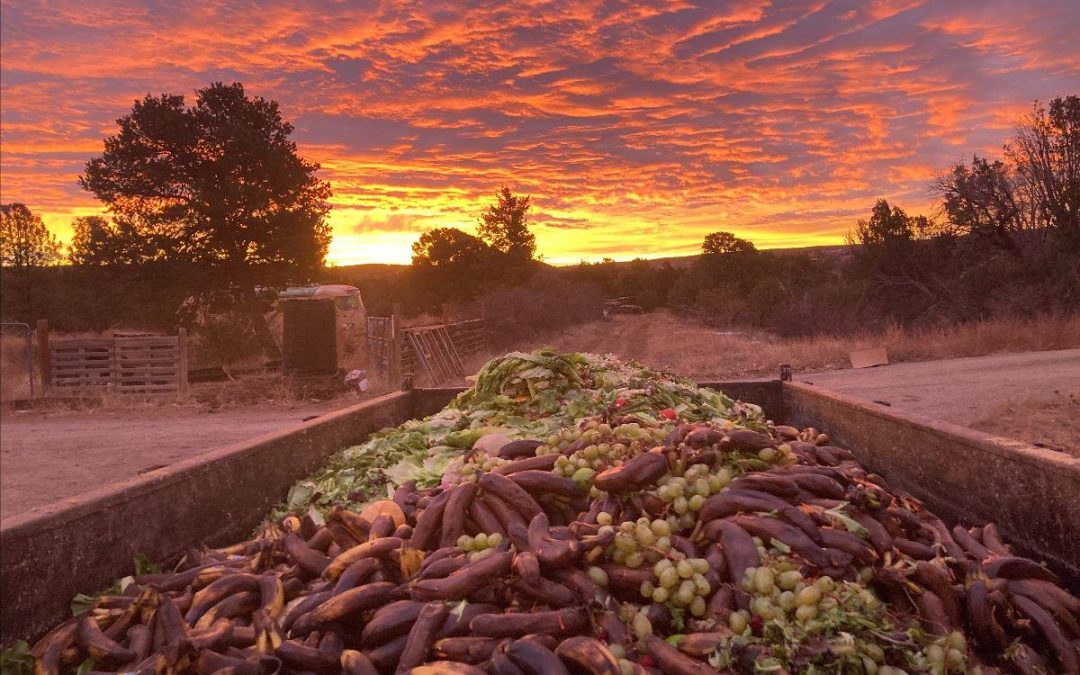
Biologist Eva Stricker works with hog farmer Zach Withers and rancher Emily Cornell to study—and quantify—how compost works to heal degraded agricultural lands. So far the results are promising.
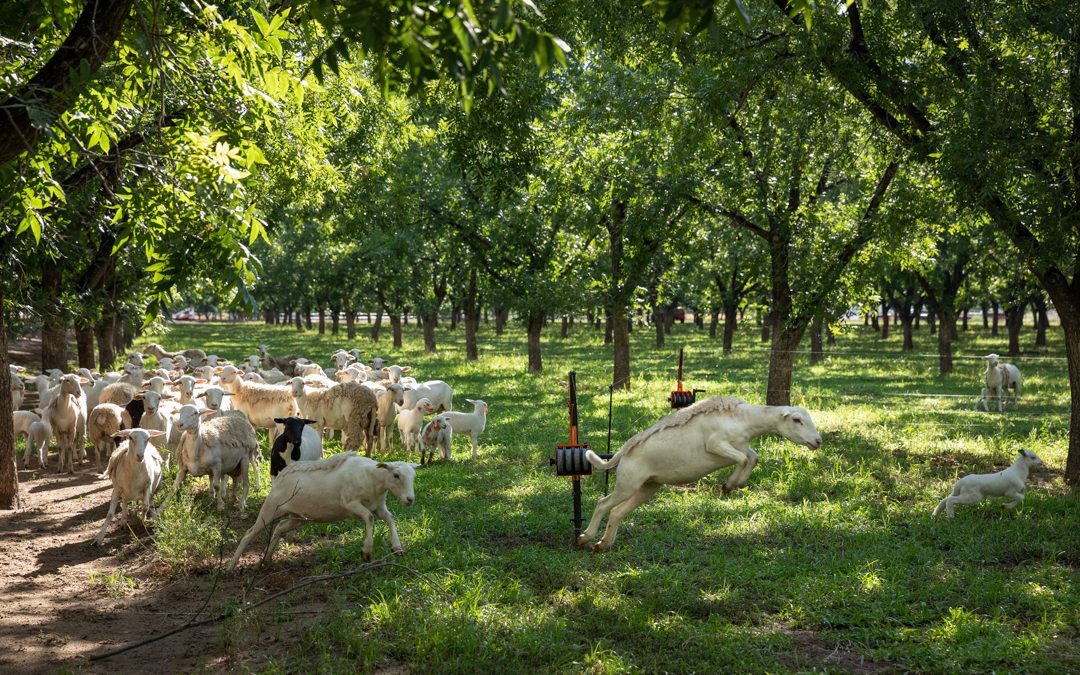
Soil microbiologist David Johnson has been collaborating with pecan farmer Josh Bowman to cultivate healthy soil that retains water and produces a more abundant—and more profitable—harvest.